Product Description
| No. | Characteristic | Unit | Test method | Test result |
|---|---|---|---|---|
| 7.1 | Density at 25 °C | kg/L | ASTM D 4052 - 22 | 0.9312 |
| 7.2 | Kinematic viscosity at 50 °C | mm²/s | ASTM D 445 - 21e2 | 4.445 |
| 7.3 | Sulfur content | % (m/m) | ASTM D 129 - 18 | 0.84 |
| 7.4 | Pour point | °C | ASTM D 97 - 17b (2022) | < -33 (**) |
| 7.5 | Ash content | % (m/m) | ASTM D 482 - 19 | < 0.005 (**) |
| 7.6 | Carbon residue content | % (m/m) | ASTM D 4530 - 15 (2020) Micro method | 1.01 |
| 7.7 | Copper strip corrosion (50 °C, 3 h) | Class | ASTM D 130 - 19 | 2c |
| 7.8 | Water content | % (v/v) | ASTM D 95 - 13 (2018) | 0.5 |
| 7.9 | Sediment content (sediment by extraction) | % (m/m) | ASTM D 473 - 22 | < 0.01 (**) |
| 7.10 | Gross heat value | MJ/kg / cal/g | ASTM D 240 - 19 | 42.54 / 10,160 |
Notice:
ASTM: American Society for Testing and Materials
(**): Limit of quantification of method (LOQ)
Characterization of FO Oil
Mazut oil is categorized within the heavy fuel oil (HFO) spectrum, functioning primarily as an energy-dense combustion fuel in industrial thermal systems and marine propulsion engines. The physicochemical parameters that govern its utility include viscosity, calorific efficiency, and sulfur content, each of which influences operational feasibility and environmental impact.
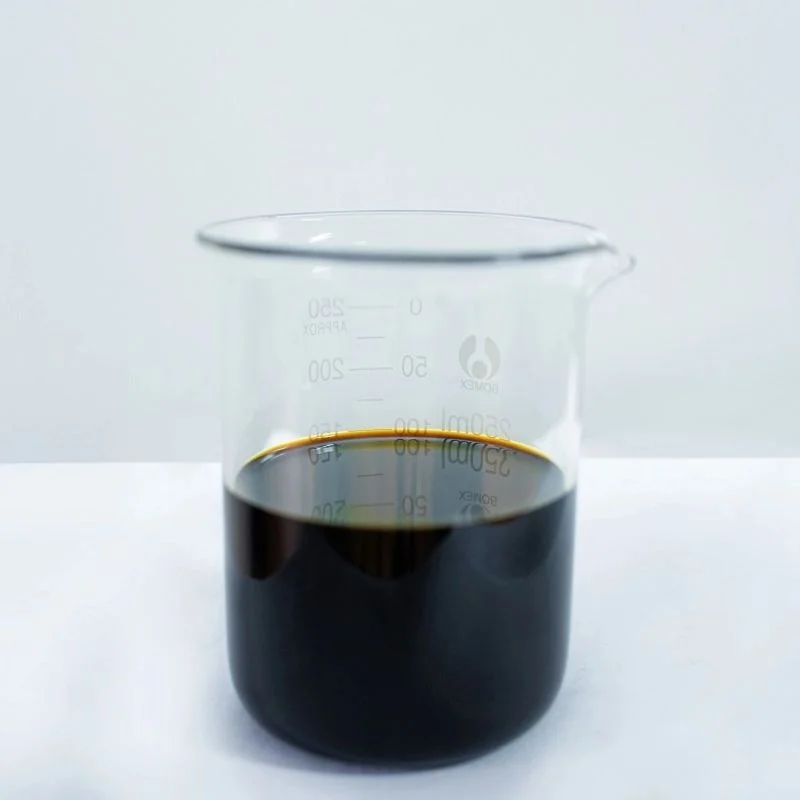
Characterization of FO Oil
Classification of FO Oil
FO oil is taxonomized into two fundamental categories: light FO oil and heavy FO oil, each possessing distinct rheological and combustion properties tailored to specific industrial applications.
Light FO Oil
Core Parameters:
- Boiling range: 200-300°C
- Density: 0.88-0.92 g/cm³
- Primary derivatives: diesel oil (DO), kerosene (KO)
Industrial Applications: Light FO oil is employed in vaporizing combustion systems, domestic heating infrastructures, and low-enthalpy industrial processes necessitating stable and controlled thermal output.
Heavy FO Oil
Core Parameters:
- Boiling range: >320°C
- Density: 0.92-1.0 g/cm³ (or higher)
- Viscosity spectrum: 250-7000 Red-Wood units, necessitating thermal preconditioning for atomization efficiency
Industrial Applications: Heavy FO oil is predominantly utilized in high-intensity thermal operations such as industrial kilns, power generation plants, and marine engines requiring sustained high-temperature combustion.
Physicochemical Attributes of FO Oil
1. Molecular Composition
FO oil consists primarily of complex hydrocarbon structures, residual fractions from crude oil distillation, and trace elements that affect combustion kinetics and emission profiles.
2. Thermodynamic Properties
- Elevated boiling threshold: Enhances combustion longevity and thermal efficiency.
- Variable viscosity index: Requires precision in temperature modulation for optimized fluid dynamics.
3. Quality Determinants
Calorific Potential
Defined under ASTM D240, the calorific value quantifies the energy yield per unit mass, an essential metric for assessing combustion efficiency and fuel optimization.
Sulfur Concentration
- Light FO oil: Evaluated using ASTM D130 copper strip corrosion analysis to assess potential material degradation.
- Heavy FO oil: Contains a higher sulfur content (4-5%), impacting environmental regulations and industrial material longevity. ASTM D129 is the standard methodology for sulfur quantification.
Rheological Properties
- Light FO oil: Influences atomization properties and combustion homogeneity.
- Heavy FO oil: Directly affects flowability, fuel injection efficiency, and necessitated thermal conditioning. Measured via ASTM D445.
Flash Point
As defined by ASTM D93, the flash point establishes the minimum temperature at which FO oil vapors ignite, forming a pivotal metric in fire safety compliance.
Volatility Dynamics
- Light FO oil: Requires controlled evaporation rates to maintain combustion stability.
- Heavy FO oil: Exhibits minimal volatility, necessitating auxiliary thermal augmentation for operational feasibility.
Cold Flow Characteristics
- Cloud Point & Pour Point: In light FO oil, these parameters dictate the low-temperature operability.
- Heavy FO oil: Requires preheating to circumvent paraffin crystallization and maintain pumpability. ASTM D97 governs these measurements.
Residual Carbon Content
Measured via ASTM D189, carbon residue quantifies unburnt carbon particulates, a crucial indicator for evaluating emission efficiency and deposition tendencies.
Non-Organic Residue (Ash Content)
Assessed using ASTM D482, ash content informs the potential for particulate accumulation in combustion systems, impacting operational longevity.
Water and Suspended Impurities
The presence of water (ASTM D95) and particulate matter (ASTM D473) impacts burner efficiency and fuel filtration efficacy. ASTM D1796 provides a comprehensive assessment of total contamination levels.
Industrial Deployment of FO Oil
FO oil is integral to several high-energy-demand industries:
- Power generation: Utilized in steam boilers, turbines, and industrial cogeneration systems.
- Industrial thermal applications: Employed in metallurgy, petrochemical refining, and large-scale furnaces.
- Marine fuel sector: Serves as bunker fuel in maritime propulsion systems, where viscosity modulation is essential for engine efficiency.
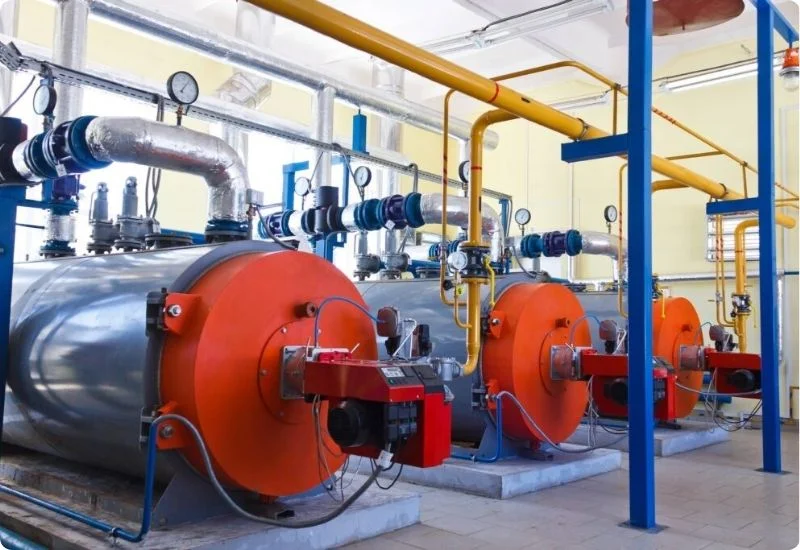
FO oil is utilized in steam boilers, turbines
FO Oil Storage and Handling Protocols
Ensuring the safe storage and handling of Mazut oil is imperative for minimizing oxidative degradation and environmental hazards.
- Thermal-regulated containment: Utilization of insulated storage units with integrated temperature stabilization mechanisms.
- Ventilation control: Prevents hazardous hydrogen sulfide accumulation in enclosed storage zones.
- Temperature management: Stored under regulated thermal conditions to avert paraffin deposition and phase separation.
- Risk mitigation strategies: Implementation of stringent safety protocols to prevent accidental ignition.
- Protective handling measures: Use of industrial-grade personal protective equipment (PPE) during fuel transfer procedures.
- Environmental protection compliance: Adoption of containment infrastructures to prevent hydrocarbon seepage and groundwater contamination.
- Restricted zone enforcement: Prohibition of smoking, open flames, and electronic devices in designated storage and transfer areas.
Where to Buy FO1S Oil at Competitive Prices?
For businesses seeking high-quality FO1S oil at optimal pricing, Greentech is a reliable supplier known for its stringent quality control measures and competitive market rates. Greentech ensures direct sourcing from manufacturers, guaranteeing product authenticity and consistency. Key advantages of purchasing from Greentech include:
- Verified product quality with standardized specifications.
- We offer competitive pricing, 20% lower than the average for this product segment.
- A trustworthy supply chain ensures products are always in stock.
- Expert consultation for selecting the most suitable fuel solutions.
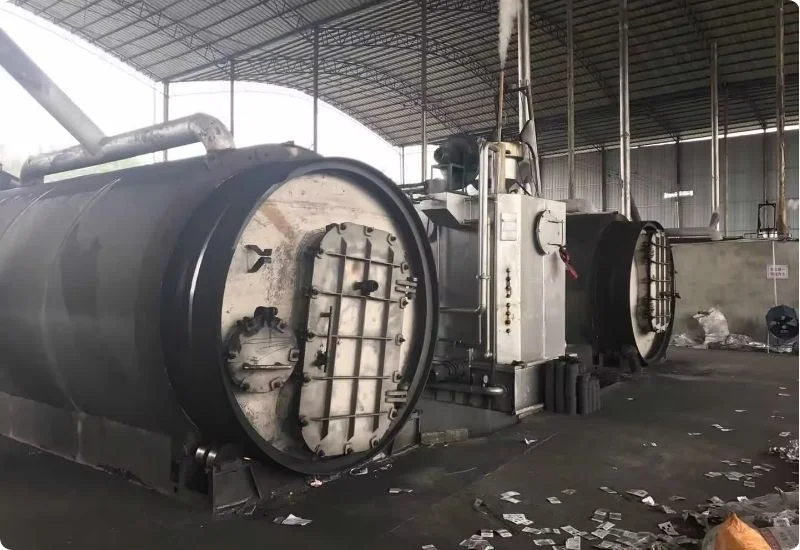
Our oil is 20% lower than the average
For more details or to place an order, contact Greentech's customer service team to receive tailored recommendations based on your industrial requirements


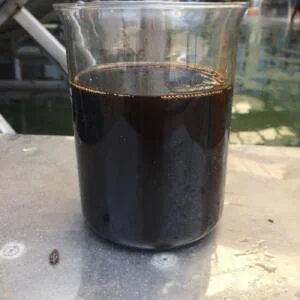

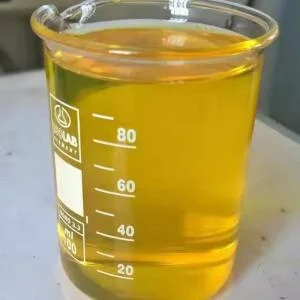
Rate our product